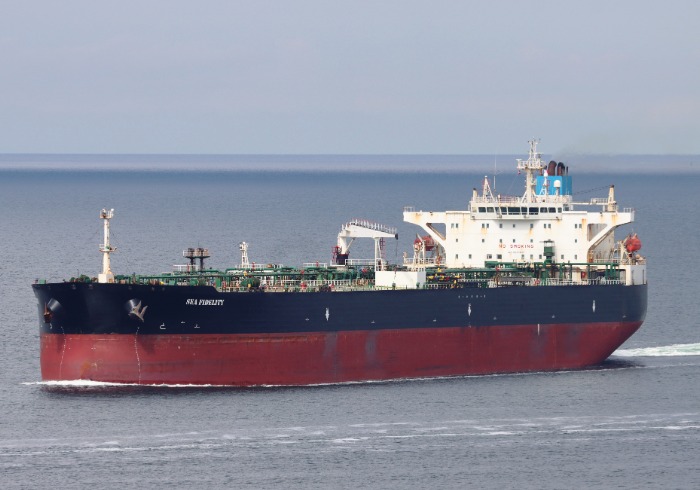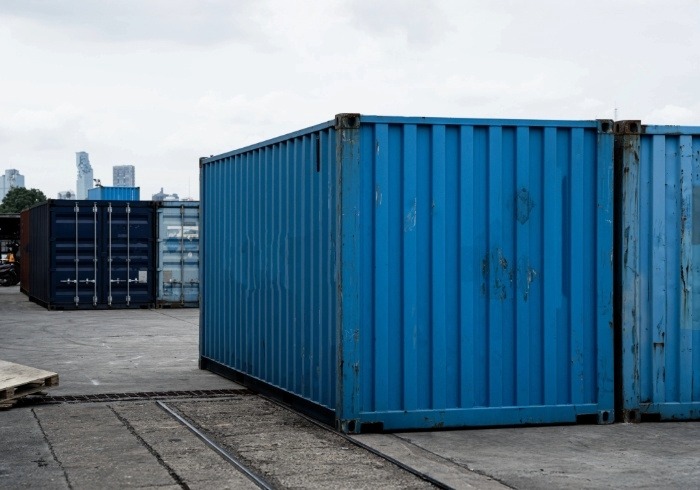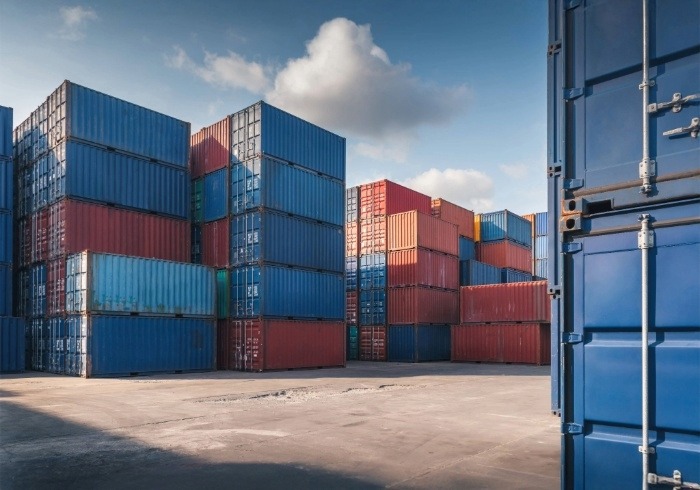Expanding access to trade finance, including supply chain finance, in Guatemala, Honduras and Mexico could unlock over US$90bn in additional trade annually, according to a report by the World Trade Organization (WTO) and the International Finance Corporation (IFC).
Currently, bank-intermediated trade finance plays only a limited role in the region, accounting for less than 15% of total merchandise trade across the three countries. Reducing costs and improving the regulatory landscape could help boost SMEs’ use of trade finance and support their export growth, the report says.
Guatemala, Honduras and Mexico are all middle-income countries in Central America. Although their economies differ in both size and structure, they share similarly robust trade growth, averaging 4-5% annually for the past decade, and are each currently working their way up the supply chain by producing higher-value goods.
They also all share a surprisingly low rate of bank-intermediated trade finance compared to countries with similarly sized economies. Mexico’s trade finance supply covers just 8% of merchandise trade, with 10% and 12% coverage in Honduras and Guatemala, respectively.
By comparison, in Vietnam and West Africa, the subjects of previous WTO-IFC reports, trade finance covers 21% and 25% of merchandise trade.
Unlike in many other developing regions, however, this is not primarily a trade finance gap issue, the report says. In Mexico, the high prevalence of related-party trade – exports between subsidiaries of multinational companies – means only a quarter of trading firms make use of bank financing of any kind.
“Direct exports [from Mexico] are very much concentrated in 500 or 600 large groups, either multinationals or large Mexican corporate groups that have presence in Europe, in Asia, in the Americas,” says Gerardo Gutierrez-Olvera Cabrales, executive director and head of trade finance and international business at Grupo Financiero Banorte, Mexico’s second-largest bank.
Gutierrez-Olvera was also involved in the initial preparations for the report, and was part of the WTO-IFC report launch and roundtable in Mexico.
Just over half of Mexico’s trade takes place between related parties, rising to 65% in trade with the US, its largest trading partner. These transactions, the report says, are largely done on an open account basis.
This significantly reduces the need for supply chain finance, which accounts for just 17% of banks’ trade finance assets in Mexico. Demand for trade finance is also relatively low, with the report noting that the dominance of multinationals means they may have little need for bank-intermediated trade finance, “even if [it] is available to them at low cost”.
“We’re all fighting for those same clients,” Gutierrez-Olvera says. “Those clients are, in most cases, overbanked and they have access to capital markets, and global and local banks.”
In Honduras and Guatemala, there are fewer multinationals, and SMEs struggle to gain access to finance of any kind.
The IFC estimates that the financing gap for MSMEs in Guatemala “was equivalent to 22% of GDP, more than six times the actual financing” available to these companies. The report also notes that small firms in Honduras cite access to financing as one of their main obstacles.
Increasing access
The report notes that the cost of trade finance in the three countries is “well above that country’s monetary policy rate”. It suggests that this could be reduced by “incorporating separate assessments of risk into the price of related lending”.
Another recommendation for reducing costs is to facilitate competition in the banking sector, as it notes restricted or distorted competition in this market may be an important supply-side driver.
To achieve this, the report recommends “collaboration between competition and financial sector authorities aimed at fostering more evidence on the efficiency of financial services markets”.
The WTO and IFC offer other solutions to low adoption of trade finance, including the harmonisation of digital regulatory frameworks with “key trading partners” and efforts to fully digitalise invoices.
Currently, e-invoices are only available at the largest banks in Guatemala and Mexico, while Honduras still requires hard copies of documents for legal actions.
Electronic warehouse receipts are not yet recognised in Honduras and Guatemala, either, which the report says is stymying SMEs’ ability to access credit by offering them as collateral. Mexico is more advanced in this area, having passed legislation requiring warehouses to issue digital receipts in 2024.
Brazil is offered as a model in this regard: “At the frontier in this field, Brazil provides digital solutions for warehouse and inventory financing using blockchain, big data, and the Internet of Things. The Brazilian Financial Regulatory Warehouse Platform employs these technologies to constantly monitor cargo activity online.”
For Gutierrez-Olvera, the key is digitalisation.
“The use of technology for know-your-customer screening, anti-money laundering and sanctions [compliance] can help in terms of supporting these sectors that are not as overbanked as the large companies,” he says.
“Trade finance is a very documentary business where you have to work with paper; using OCR [optical character recognition] and artificial intelligence to review this documentation could facilitate the access of these kinds of tools for SMEs.”
Another vital piece of the puzzle, says Gutierrez-Olvera, is the availability of deep-tier supply chain finance to give second, third and lower-tier suppliers access to financing on the same terms as the first tier, vastly improving supply chain resilience.
Given trade in the three countries is concentrated in large multinational companies, “if you leverage those being the anchor buyers of some supply chain finance product and are able to replicate deep-tier financing, as they did in China in the last five years, that would be one of the things where we can clearly amplify the access of SMEs to this kind of financing ”, he says.








